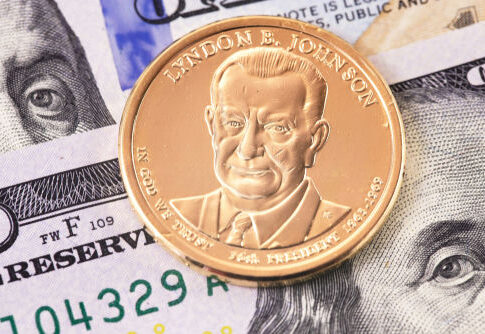The United States Mint, the federal agency responsible for producing the nation’s coinage, is one of the oldest institutions in the country. Established shortly after the ratification of the Constitution, the Mint’s history is inextricably linked to the rise of American economic stability and national identity. Beyond its daily function of striking billions of coins, the Mint is a reservoir of fascinating history and technological innovation.
Here are seven priceless facts about the U.S. Mint that highlight its enduring significance:
1. The First Federal Building Under the Constitution
The U.S. Mint’s first home in Philadelphia holds a unique distinction: it was the first federal building to be constructed under the authority of the newly ratified U.S. Constitution. This demonstrates the high priority placed on creating a unified, reliable national currency system. Its construction began in 1792, establishing a physical presence for the federal government before many other departments were fully operational.
2. The Coinage Act of 1792 and the Decimal System
The Mint owes its existence to the Coinage Act of 1792. This landmark legislation officially established the U.S. Mint and, crucially, authorized the dollar as the standard unit of value. It mandated a decimal-based currency system (dividing the dollar into 100 cents), a modern and systematic approach that ensured ease of commerce and accounting across the young nation, effectively replacing the confusing mix of foreign and state-issued coinage.
3. Early Leaders and the First Coins Struck
The first director appointed to oversee the Mint was renowned scientist David Rittenhouse. Under his leadership and the technical skill of Chief Coiner Henry Voigt, the first official coins were struck in 1793. These initial circulating coins were copper cents and half cents. These were quickly followed by silver and gold coins, signaling the beginning of a secure metallic currency for the United States.
4. Technological Prowess: From Muscle to Steam
The Mint has been a quiet pioneer of industrial technology. Initially, coin striking relied on manual screw presses, a laborious and slow process. In the 1830s, the Mint revolutionized production by adopting steam-powered presses. This leap in technology vastly increased the efficiency and volume of coinage the nation could produce, reflecting the Mint’s commitment to meeting the demands of a rapidly growing economy. Modern facilities now rely on electric power, maintaining the tradition of technological leadership.
5. Identifying the Source: The Importance of Mint Marks
To manage production and accountability across its various facilities, the U.S. Mint introduced the mint mark—a small letter stamped on the coin to indicate where it was produced. Currently, four active facilities produce coins: Philadelphia (P), Denver (D), San Francisco (S), and West Point (W). Historically, branches in places like Charlotte, New Orleans, and Carson City also used their own distinguishing marks. This detail is essential for collectors (numismatists) and historians alike.
6. The Nation’s Treasure Chest: Fort Knox
The Mint is not only responsible for manufacturing currency but also for safeguarding national assets. The Mint operates the Fort Knox Bullion Depository in Kentucky, one of the most secure facilities in the world. Fort Knox holds a significant portion of the nation’s gold reserves, underscoring the Mint’s critical role in maintaining the integrity and security of the country’s economic foundation.
7. Generating Revenue with Commemorative and Bullion Programs
While producing circulating currency is the Mint’s primary public service, it also engages in highly profitable ventures: the production of bullion and commemorative coins. These programs serve diverse interests, supporting collectors and investors while simultaneously generating substantial revenue. The profits derived from the sales of these non-circulating products are transferred directly to the Department of the Treasury, offsetting the cost of coinage and supporting federal operations.


